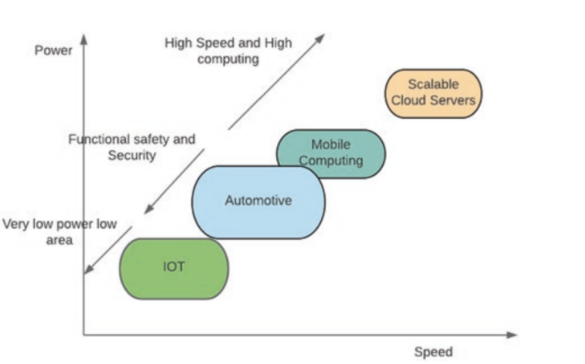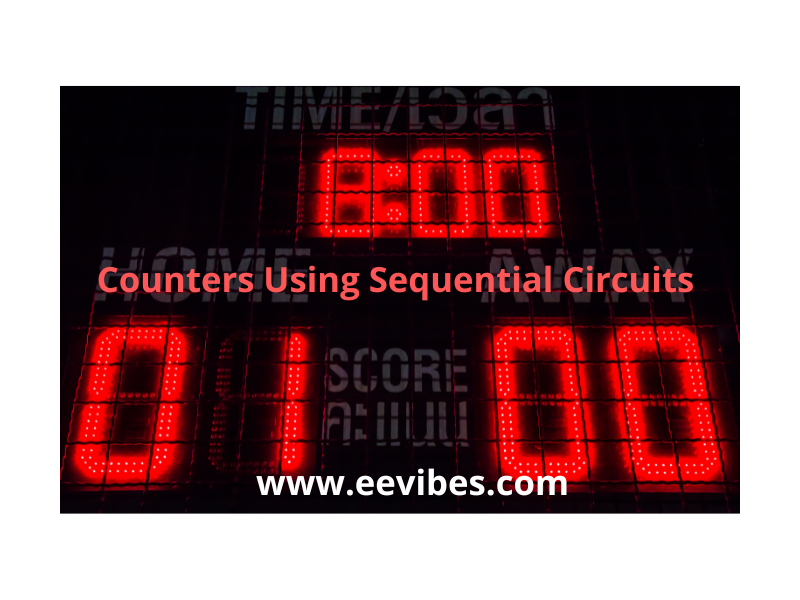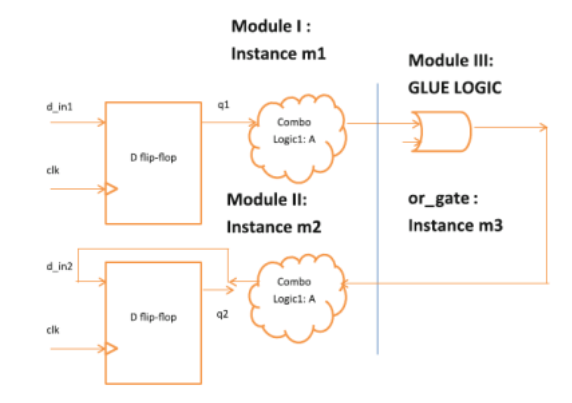
Introduction Cross Talk Noise Reduction in Synthesized Digital Logics. In this article we have discussed crosstalk noise reduction by several different methods. Gate sizing is normally practical and feasible but the difficulty in this process for noise reduction is increasing Read More …





